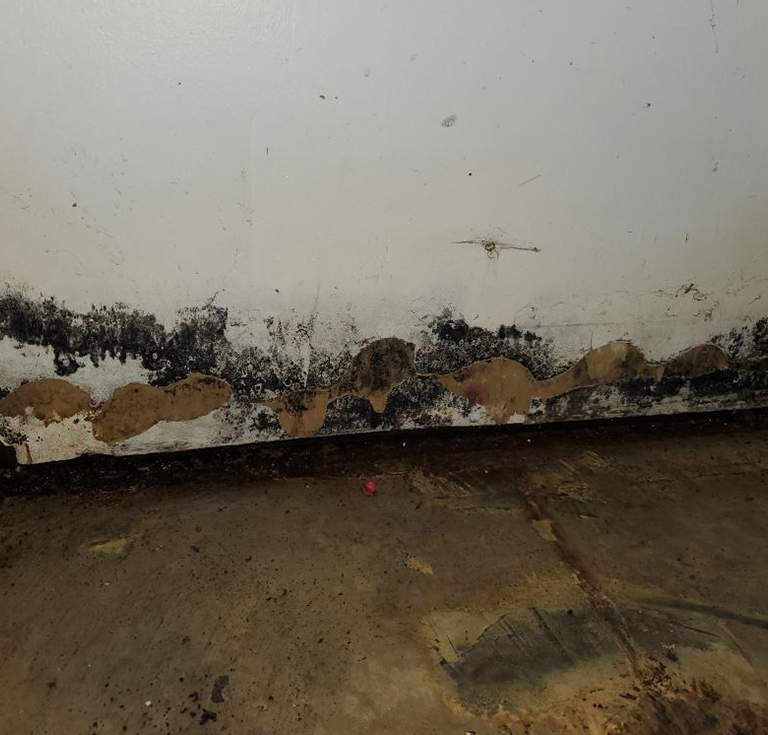Despite Colorado’s dry weather, our homes and businesses are not free from potential mold growth.
A quick search online and one will find no shortage of DIY tips when it comes to getting rid of unsightly mold in your home. Some advice calls for a solution of bleach and a scrubber while others tout the benefits of mixing vinegars and baking soda to create the perfect mold combatant.
So even with these approaches, why do those pesky mold colonies seem to grow back in the same spot time after time? To many people’s chagrin, they even seem to come back stronger! Definitely not the goal when trying to remove them from ever being a problem again.
In order to find a solution to the problem, you have to know what you’re dealing with. So let’s take a quick look at what mold is.
First and foremost, mold is a living fungus.
Fungi do a fantastic job of being the world’s decomposers and are found in many different forms both indoors and outdoors. Although it may look like a plant and can add to picturesque forest scenes, it is unique from plants in that it cannot make its own food from the sun. It needs to “feed” or absorb nutrients from other organic materials by secreting enzymes to help break down its food, which is why if you ever picked up a piece of fruit overtaken by mold, its structure has broken down to a soft and mushy state.
With a living organism eating its way through your bathroom ceiling, no wonder why mold is such a nuisance both structurally and aesthetically.
So how can we stop mold from growing and spreading?
Mold grows under certain right conditions. Take those conditions away and mold will have a harder time finding residence in your home.
- Moisture – Mold loves moisture. It’s not a coincidence mold can often be found in areas that provide this key condition consistently. Leaky kitchen sinks, steamy bathrooms, and damp basements are all common areas mold is found in.
- Temperature – We aren’t the only ones that enjoy warm temperatures. Indoor temperatures are often perfect to keep mold cozy and growing in place.
- Food – Living organisms eat organic materials. Drywall and studs in our homes are plant-based organic materials at their core and mold spores will happily munch away on these when they can.
There is much more to the little organism sharing our homes than the discoloration they cause on our walls. Different approaches may be necessary in order to rid yourselves of it as even the EPA recognizes bleach isn’t the best solution. A DIY approach, although understandable, may not be the most effective in treating mold growing in various parts of your home. An ounce of prevention is worth a pound of cure so always remember to remove the right conditions for growth whenever possible and utilize a professional mold remediation company to provide an effective cleaning and removal of affected, moldy materials when necessary.
Concerned about mold growth but unsure how to handle it? Let our certified remediation professionals help. Give us a call at (303) 699-7112 to schedule your free estimate today.


